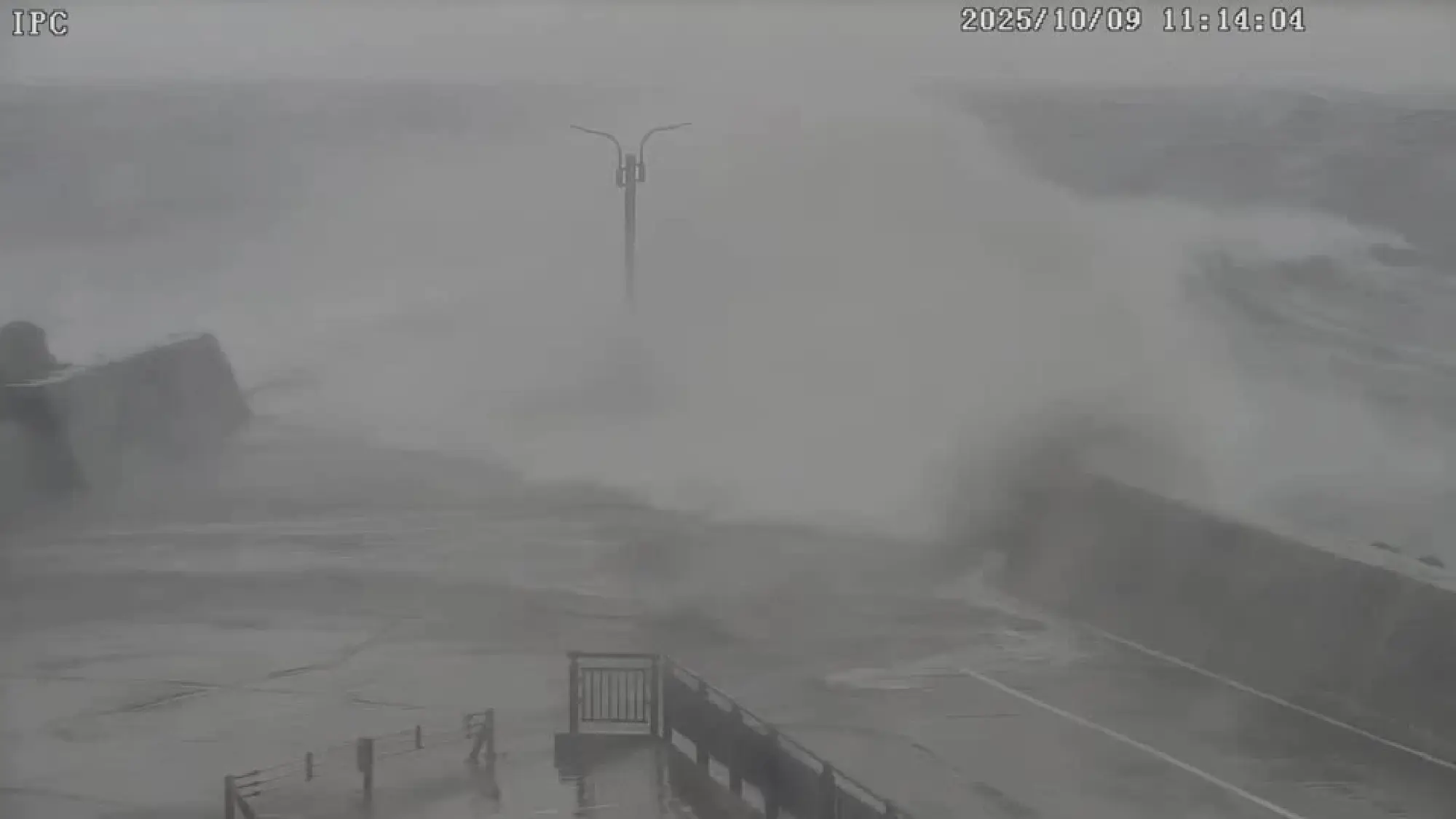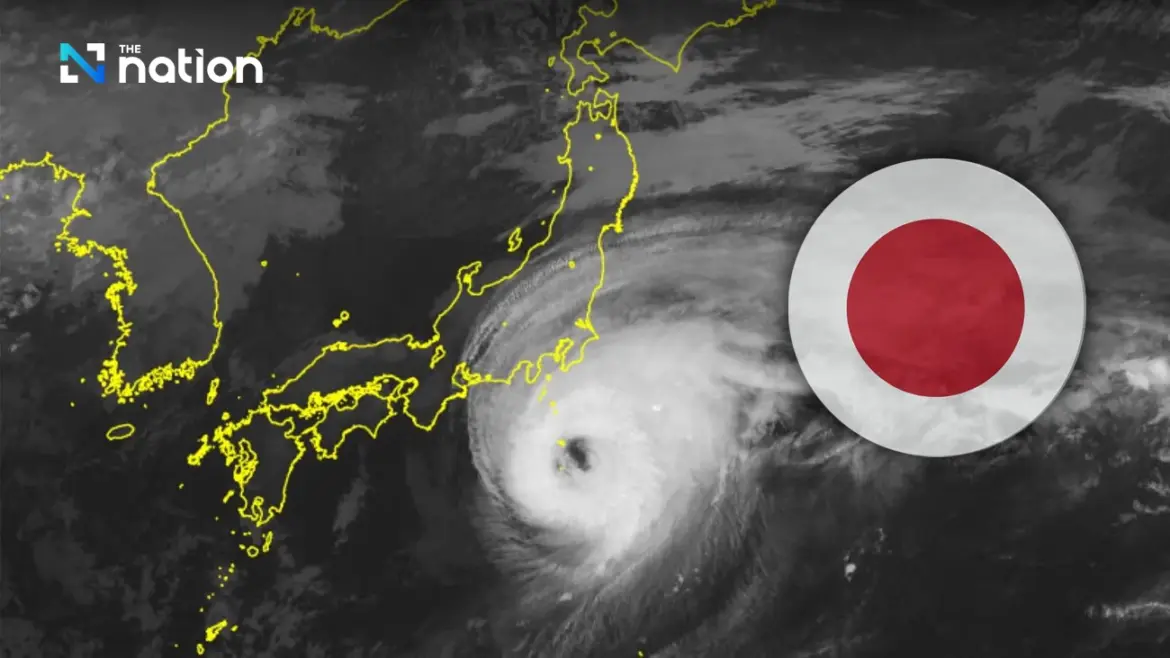By midday, the JMA downgraded its emergency alerts for strong winds, high waves, and torrential rain in the Izu Islands to lower-level warnings and advisories. However, it cautioned that rough seas and the risk of landslides remain, as the saturated soil on Hachijojima has become unstable.
A landslide warning remains in place for the island, where similar incidents have occurred after heavy rainfall in past storms. Officials urged residents to remain vigilant and to stay away from steep slopes and coastal areas.
Earlier in the day, a heavy rain emergency warning for Hachijo Town was downgraded to a standard alert at around 2.30pm. The town had recorded 284.5 millimetres of rain in just six hours through 7.20 am, another record since 2003, caused by stationary rainbands hovering over the area.
Peak wind gusts reached over 190 kilometres per hour at Hachijojima Airport, 160 kilometres per hour on Hachijojima Island, and more than 120 kilometres per hour on Miyakejima Island.
Although Halong has started moving away, the Izu Islands and parts of the Kanto region, including Tokyo, remain within the storm’s high-wind zone. The JMA warned of gusts up to 250 kilometres per hour in some areas and waves exceeding 10 metres offshore.



AloJapan.com